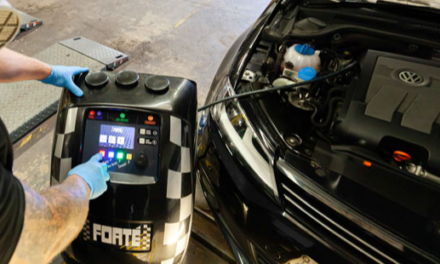Buying a car can be an exciting but overwhelming experience. With so many options available and various steps to navigate, it’s essential to have a clear understanding of the car buying process. This step-by-step guide aims to help you make informed decisions, save money, and find the right vehicle that meets your needs and budget. So, let’s dive into the journey of purchasing your dream car.
Determining Your Needs and Budget
The first step in the car buying process is determining your needs and setting a realistic budget. Ask yourself questions like: What type of car do I need? How many passengers will I typically carry? What features are essential to me? Considering your lifestyle, daily commute, and preferences will help narrow down the options.
Once you have an idea of the car type, establish a budget that includes not only the purchase price but also other expenses like insurance, fuel, and maintenance. Be mindful of your financial situation and ensure that the monthly car payment fits comfortably within your budget.
Researching Car Models and Brands
Now that you have a clear idea of your needs and budget, it’s time to research car models and brands that align with your preferences. Explore different car manufacturers, read reviews, and compare models to find the ones that offer the features and reliability you desire. Pay attention to factors like fuel efficiency, safety ratings, and maintenance costs to make an informed decision.
Exploring Financing Options
Once you have a few car options in mind, it’s crucial to explore financing options. While some buyers prefer to pay in cash, many opt for financing to spread the cost over time. Research local banks, credit unions, and online lenders to find competitive interest rates and favourable terms.
If you prefer to lease a car, consider options like no-deposit-car-leasing. This type of leasing allows you to drive a new car without making a hefty upfront payment. It can be an attractive choice for individuals who want to avoid a significant initial expense
Visiting Dealerships or Exploring Online Marketplaces
With financing options in mind, it’s time to visit local dealerships or explore online marketplaces to find the car that suits you best. Take advantage of the dealership’s expertise and test drive different models to get a feel for the vehicle’s performance and comfort. Online marketplaces provide a wide selection of cars and allow you to compare prices and negotiate deals from the comfort of your home.
Test Driving and Evaluating the Car
Test driving is an essential step in the car buying process. Schedule appointments to test drive the models you’re interested in and evaluate how the car handles, accelerates, and brakes. Pay attention to comfort, visibility, and interior features. Take your time to ensure that the car meets your expectations and feels right for you.
Negotiating the Price
Once you have chosen the car you want to purchase, it’s time to negotiate the price. Research the market value of the vehicle and use that information as leverage during negotiations. Be prepared to walk away if the price doesn’t meet your budget or expectations. Remember, there are always other dealerships and sellers who may be willing to offer a better deal.
Understanding Car Insurance and Warranty Options
When purchasing a car, it’s crucial to consider car insurance and warranty options to protect your investment. Car insurance provides financial coverage in case of accidents, theft, or damage, ensuring peace of mind on the road. Research different insurance providers, compare policies, and choose coverage that suits your needs and budget.
Additionally, explore warranty options to safeguard against unexpected repair costs. Manufacturers often offer warranties that cover specific components or systems for a certain period. Extended warranties can provide additional coverage beyond the standard warranty.
Before making a decision, carefully read and understand the terms and conditions of the insurance policy and warranty. Seek clarification from the provider if needed. By being informed and selecting appropriate insurance and warranty options, you can safeguard your car and your finances.
Post-Purchase Considerations: Maintenance and Ownership Costs
Congratulations on your new car! However, the journey doesn’t end with the purchase. It’s important to consider the maintenance and ownership costs that come with owning a vehicle. Regular maintenance, including oil changes, tire rotations, and scheduled services, will keep your car running smoothly and extend its lifespan. Additionally, factor in expenses like insurance, fuel, parking, and any potential repairs that may arise over time.
Final Thoughts
Navigating the car buying process can be a complex journey, but with the right knowledge and preparation, it becomes much more manageable. By determining your needs and budget, researching car models and brands, exploring financing options such as no-deposit-car-leasing, visiting dealerships or online marketplaces, test driving and evaluating the car, negotiating the price, and considering post-purchase expenses, you’ll be well-equipped to make an informed decision and find the perfect car for your needs. Remember, patience and persistence are key. Happy car hunting!






